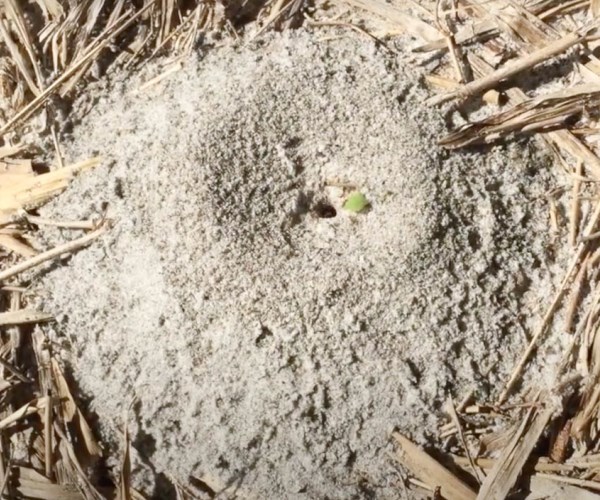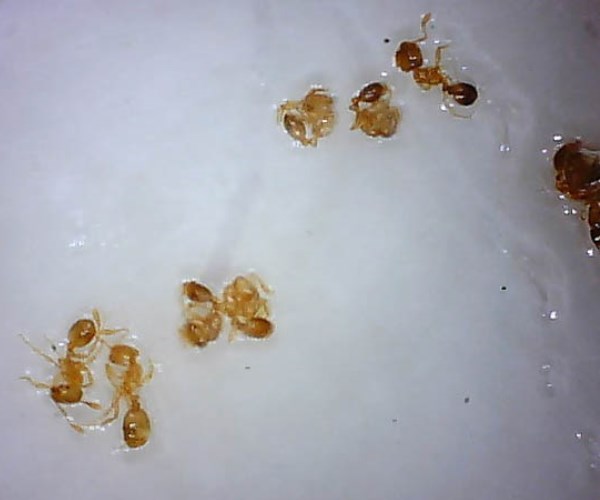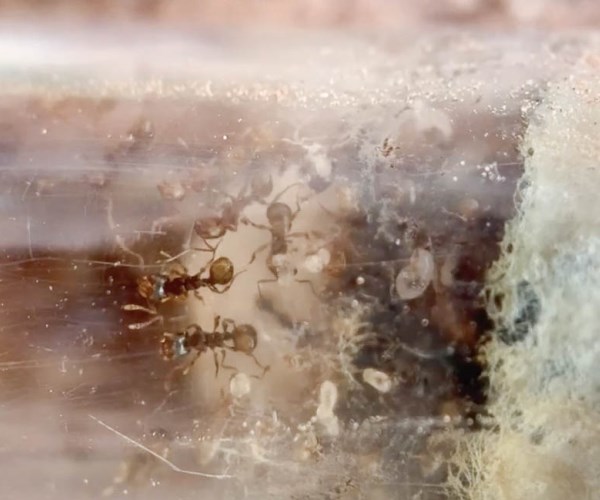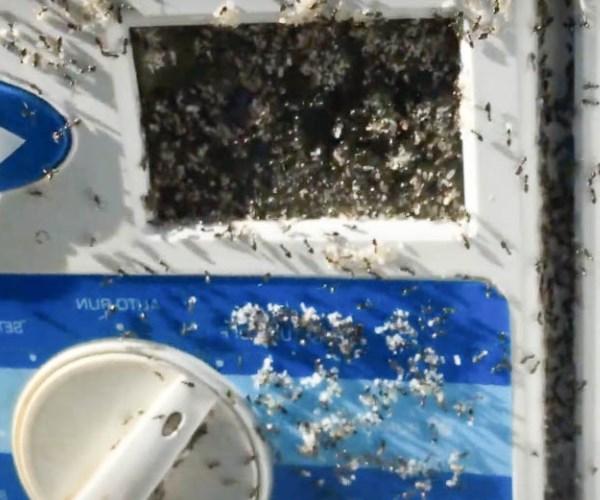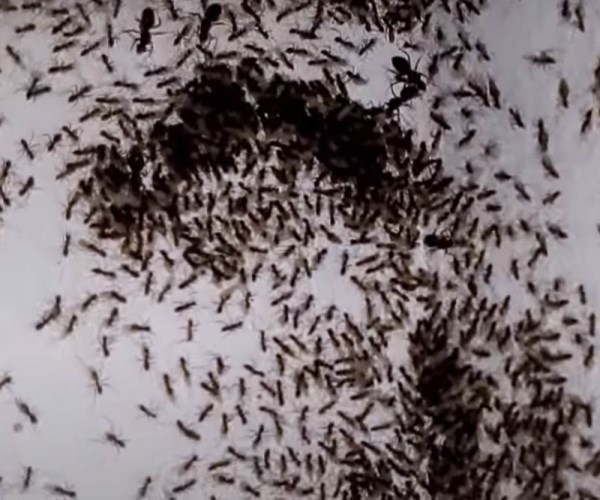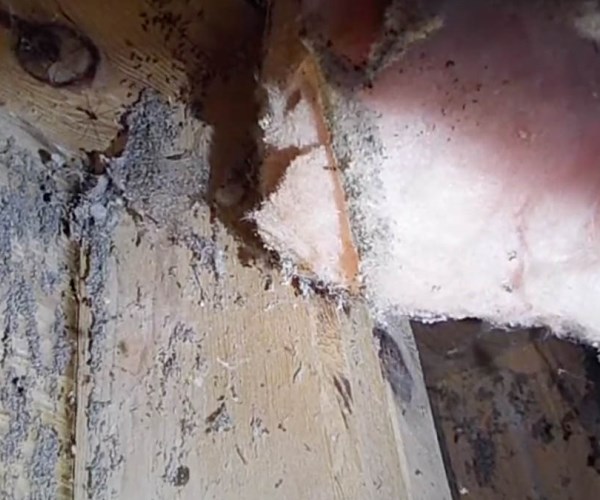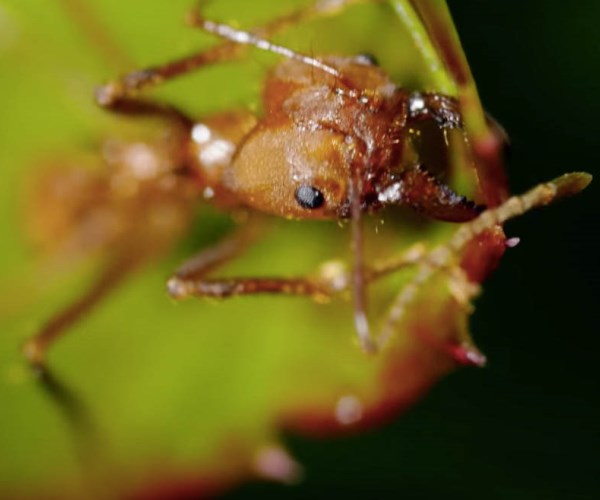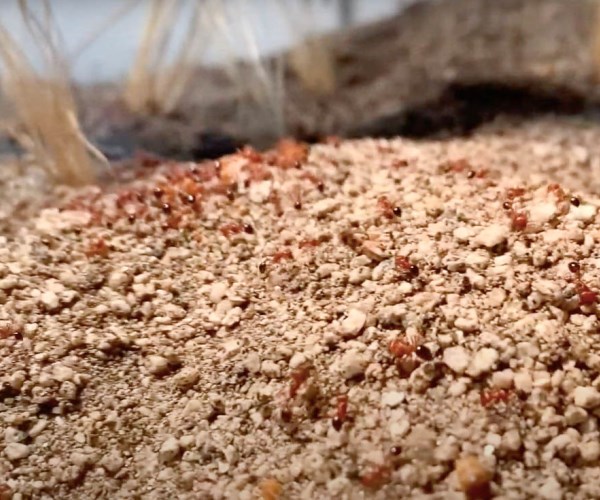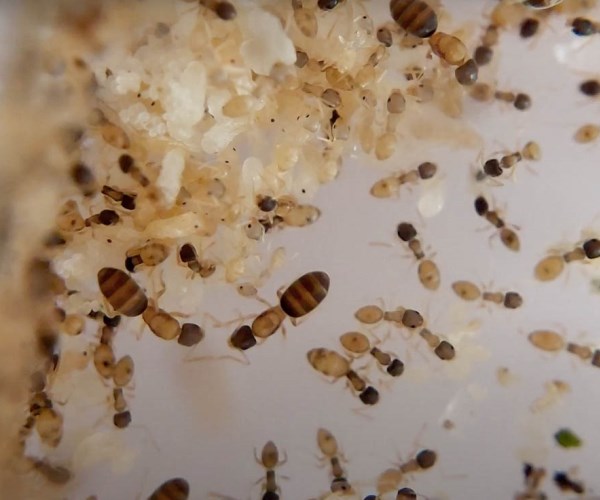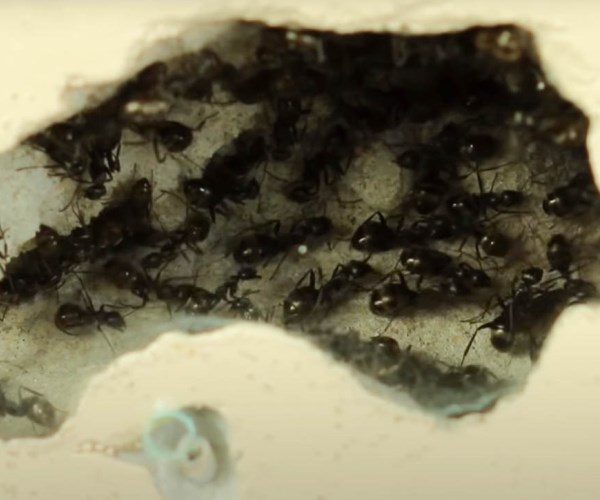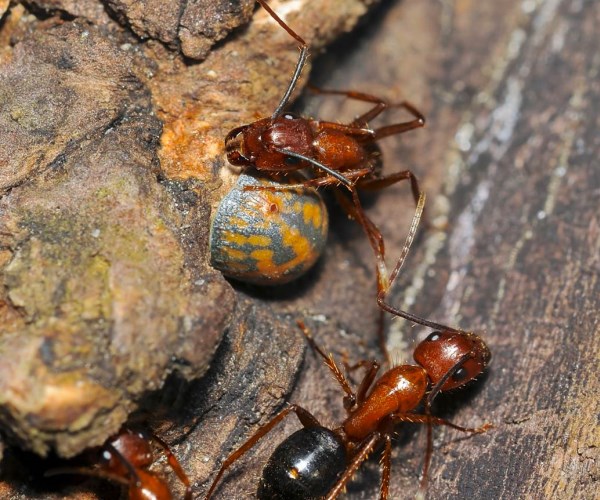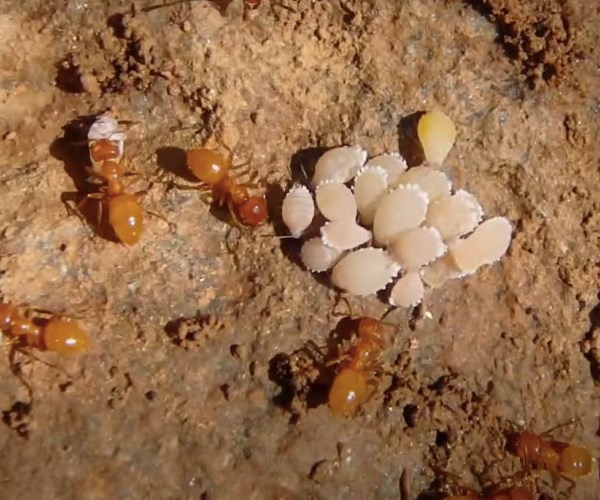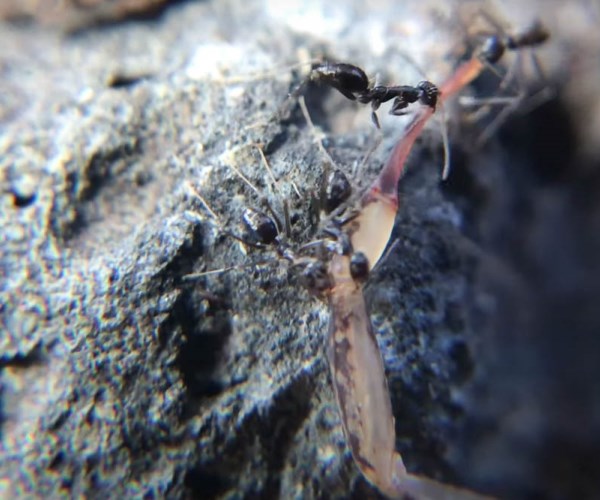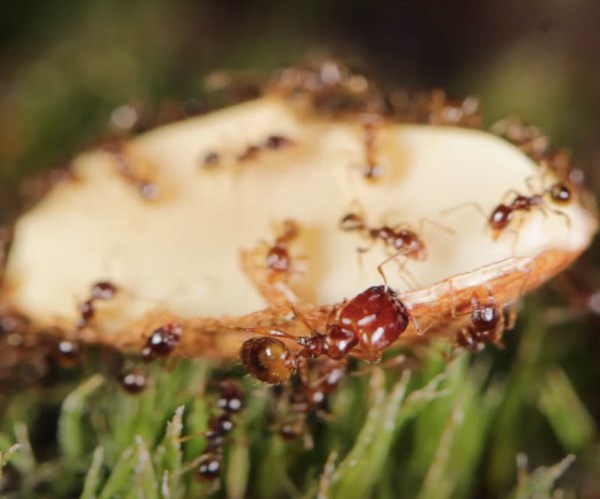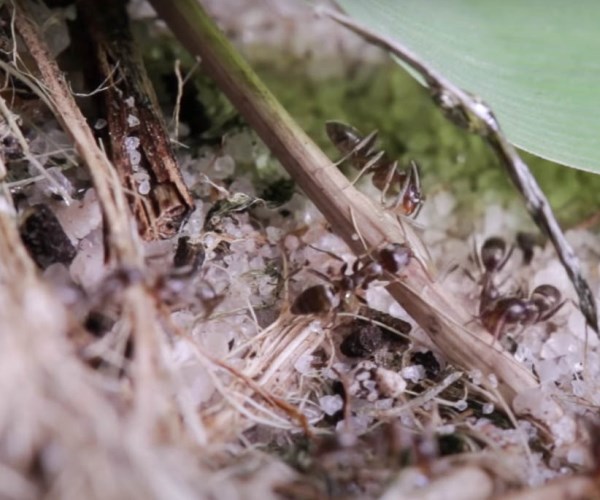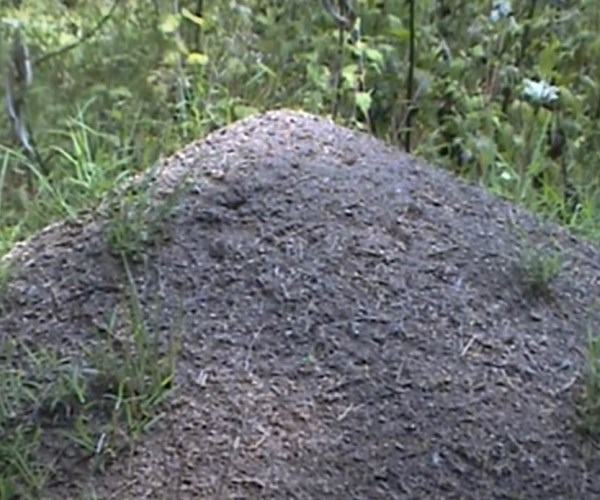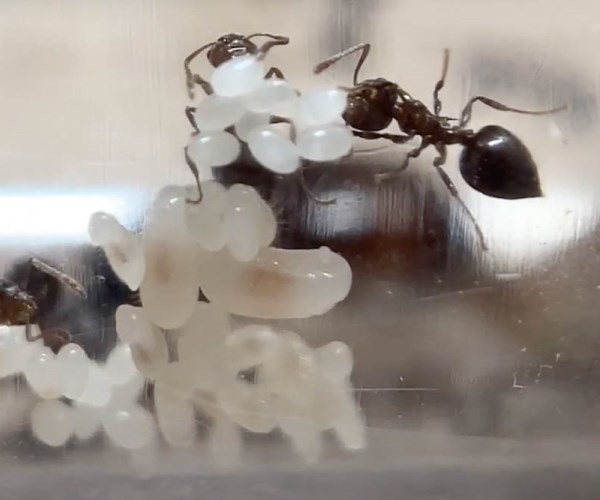About Thief Ants
About Thief Ants
Thief ants are considered some of the tiniest insects. They are known for features such as the ability to feed on the larvae and pupae of other insects. They are called thief ants because they steal the immature forms of insects for food. They are regarded as some of the commonest household pests in the US.
Appearance
Thief ants are tiny insects, one of the smallest insects. The length of the ants ranges from 1.5 to 2.2 mm. The color of thief ants ranges from yellow to brown. The antennae of thief ants are segmented, with 10 segments. The antennal club has two segments. This is a distinguishing feature between pharaoh ants and thief ants. Pharaoh ants have antennal clubs with three segments and antennae with 12 segments. They also have small compound eyes, a spineless thorax, and two nodes on their waists.
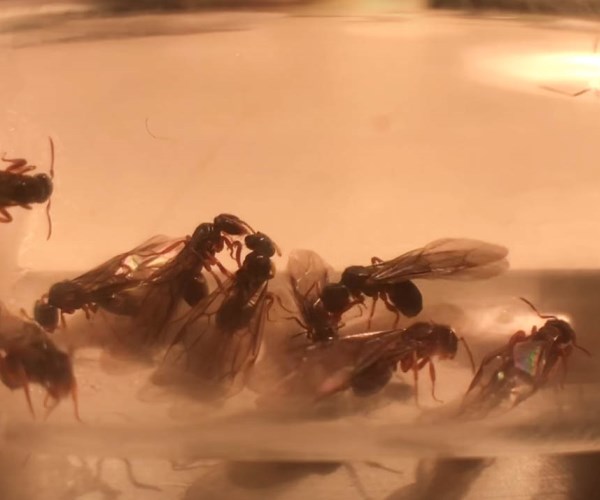
Behavior
They nest under rocks as well as several other locations. Their outdoor and indoor nests are generally hidden. The location of the outdoor nests of thief ants include soils and rotting woods. In indoor environments, they prefer to nest in tiny spaces. Such spaces include under cabinet voids, in wall crevices, behind baseboards, and under countertops.
Thief ants live in small colonies with a few thousand members. Each colony has multiple queens and numerous workers. The ants swarm between June and September.
The reproducers lay eggs that hatch into adult ants in a period that ranges from 50 days to a few months. When they find an established source of food, in a home, for example, they create trails from their nesting sites to the foraging site.
They have a diverse diet and feed on live and dead animals, as well as sources of protein, sugar, and oils. The diet of thief ants includes peanut butter, meats, nuts, and cheese. They are also known to feed on the immature forms, larvae and pupae, of other insects. Because they particularly love greasy foods and sugary foods, thief ants are also known as greasy ants and sugar ants.
Thief ants typically access homes in search of sources of food. They can also establish well-hidden nests in homes and travel in trails from their nests to their foraging sites. They could use wires to travel from one room to another when they infest homes.
The ants are native to North America. The distribution of thief ants is notable in areas such as the eastern US coast. Central US states also have an established population of thief ants.
Damage they cause
Although they are tiny insects that live in small colonies, their infestations are notable. They feed on a wide range of food materials including human foods and can easily access packaged foods and contaminate them. Thus, they are common household nuisance pests.
Thief ant infestations especially raise public head concerns because they carry pathogens. They carry pathogens from their activities such as eating dead rats and mice. Apart from the pathogens which they carry, thief ants are also natural hosts of tapeworms, which they can introduce into foods.
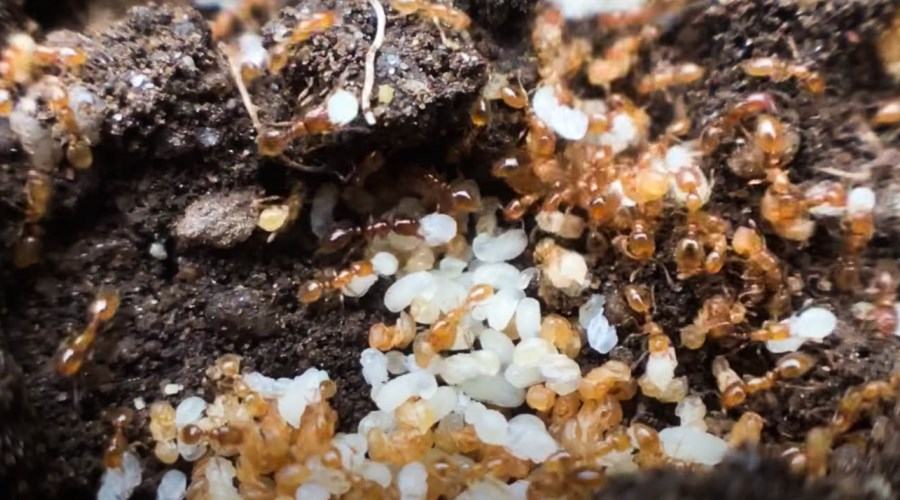
They have stingers and will sting if they feel threatened or are disturbed. Because of their tiny sizes, the stings have minimal effects.
Signs of infestation
The workers and swarmer’s give away thief ant infestations. They travel in trails which is identifiable. The trails of thief ants could lead to their nests and could be followed for clues on their well-hidden nests.
When thief ants infest homes, they are commonly found in kitchens where they go in search of food. Thus, they are mostly found in kitchens. They may be found in ingredients and food surfaces.
The tiny size of these ants gives them good access to homes. Thus, measures of control focus on preventing entry by sealing all forms of potential entry points. Because they are tiny insects that live in well-hidden nests, their control is best left to professionals.


